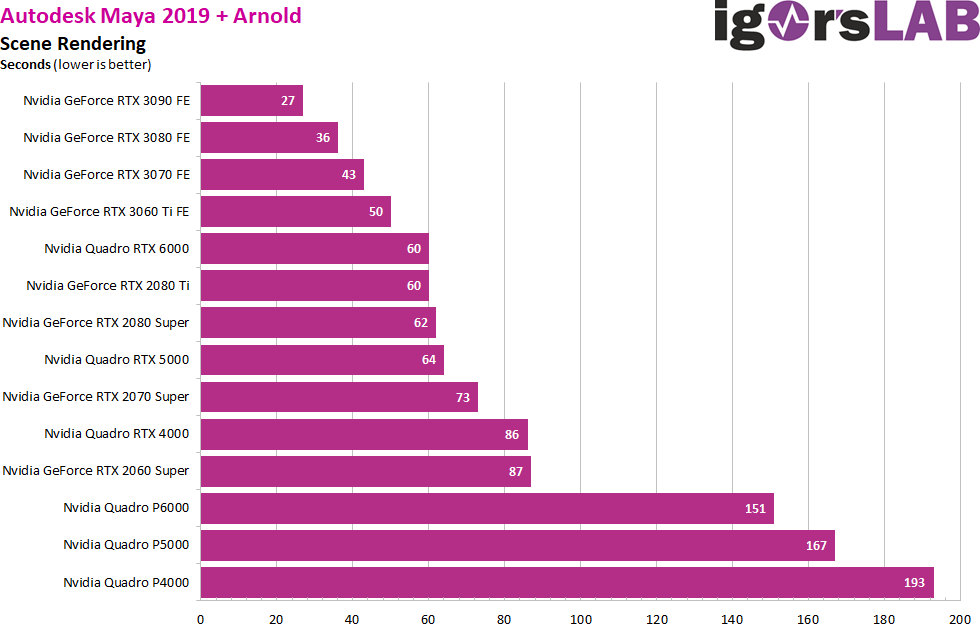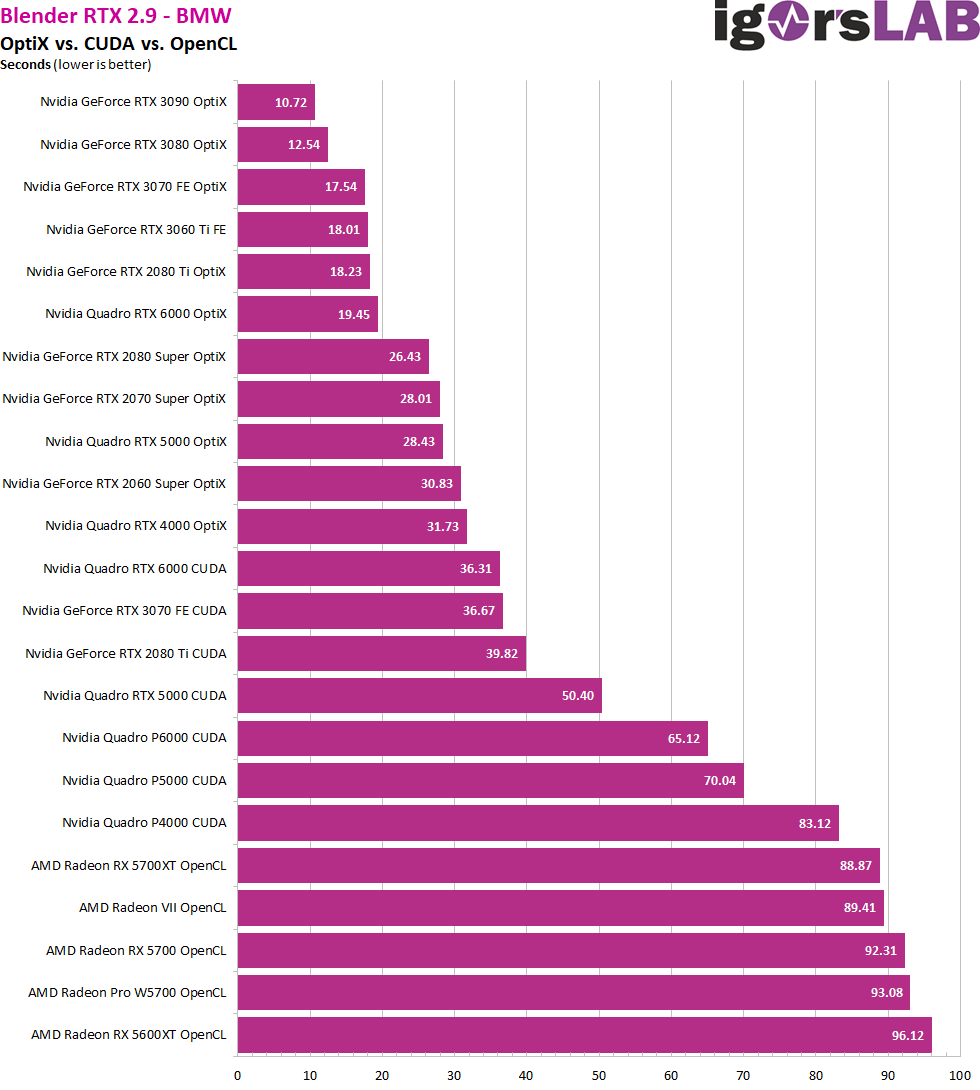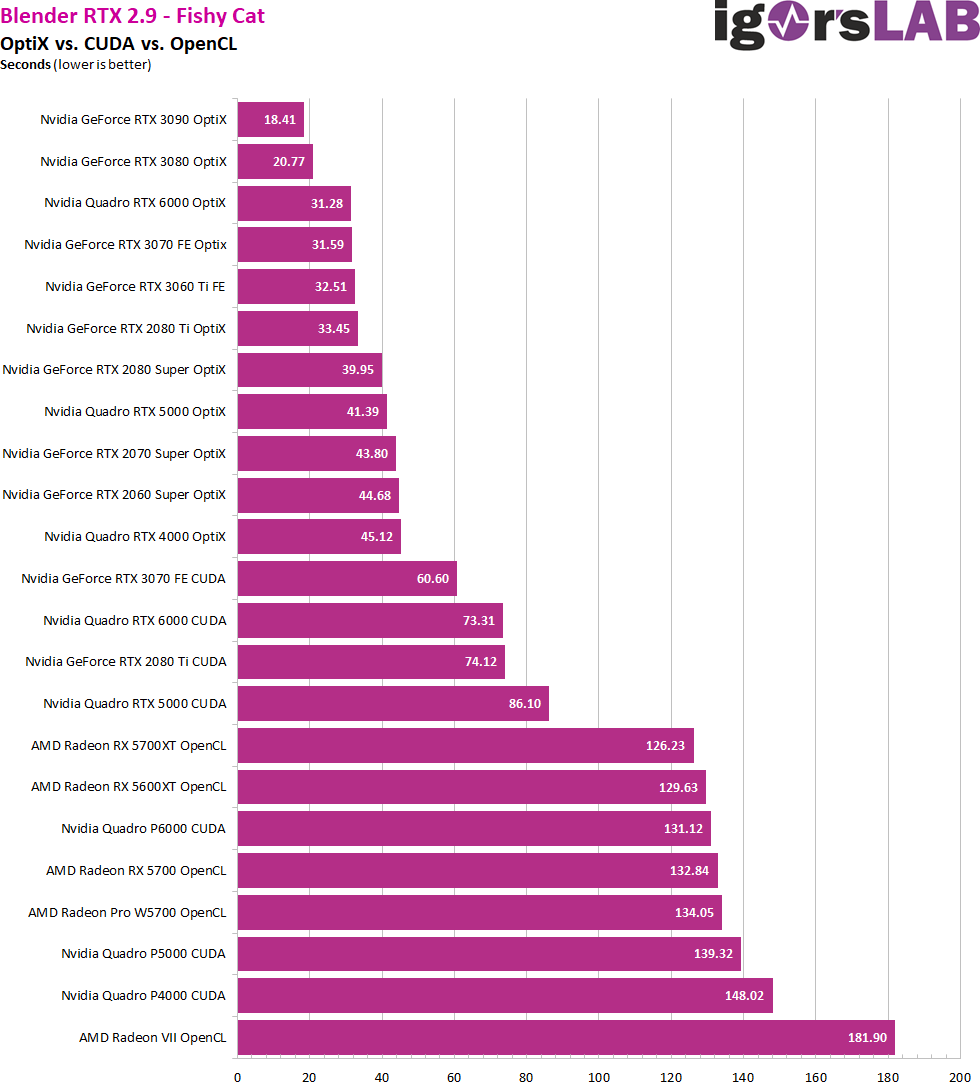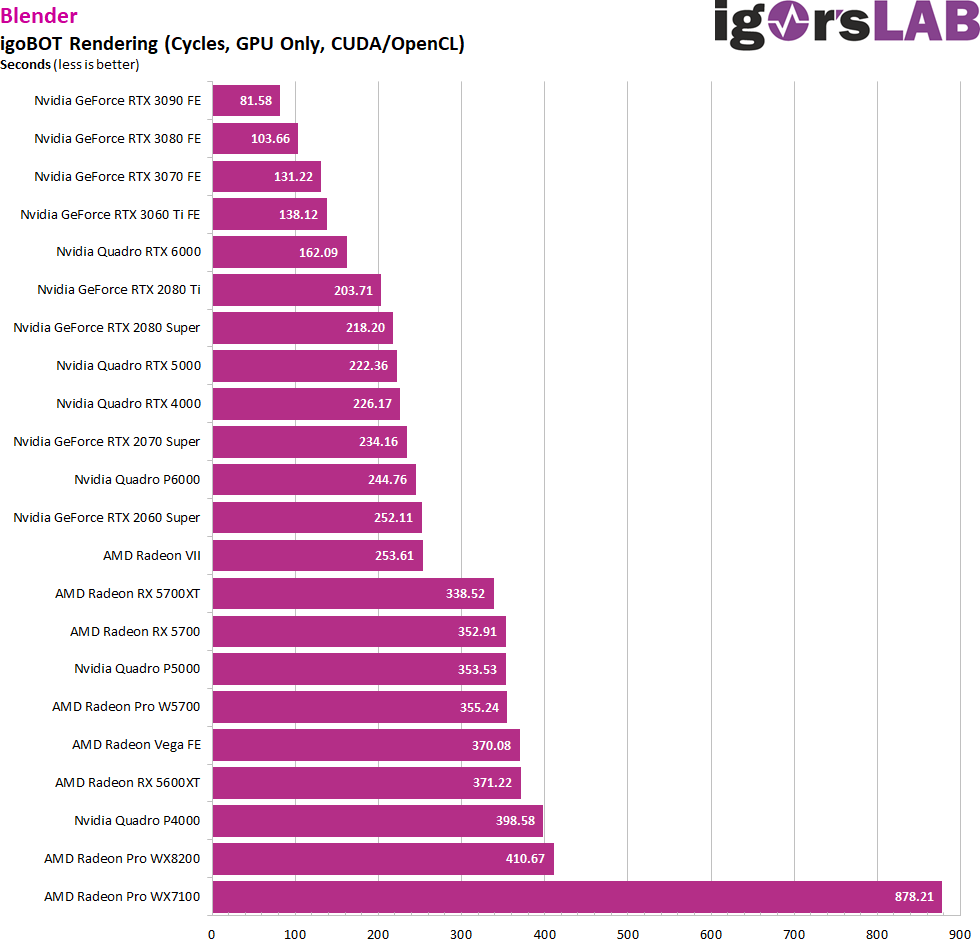Rendering
Now it’s getting really interesting, because Arnold is the latest raytracing renderer from Autodesk, designed to meet the needs of feature-length animation and visual effects. Arnold is used in over 300 studios worldwide, including ILM, Framestore, MPC, The Mill and Digic Pictures and others. Arnold has also been the primary renderer on dozens of movies, from Monster House and Cloudy with a Chance of Meatballs to Pacific Rim and Gravity, and is available as a stand-alone renderer for Linux, Windows and Mac OS X and as a plug-in for Maya, 3ds Max, Houdini, Cinema 4D and Katana.
NVIDIA and Autodesk have worked together to accelerate raytracing in Arnold using RTX GPUs. This allows artists to work more interactively with their models and spend less time waiting for their hardware. The combination of fast RTX-accelerated rendering and GPU-accelerated AI denoising also allows for rapid iteration through changes in materials, lighting, camera position and environment, with effects visible with lightning-fast updates.
You can see the advantage of the RTX cards compared to the older Pascal models very clearly, because the slowest Turing RTX is still almost twice as fast as the older Pascal flagship. And the new GeForce RTX 3060 Ti? It still gallantly wipes the floor with everything that is called Turing or otherwise, even with the Quadro flagship RTX 6000. You have to manage that first, not bad.
Blender is an extremely popular free and above all open source 3D suite. It supports almost the entire range of 3D pipeline modeling, rigging, animation, simulation, rendering, compositing and motion tracking, video editing, and 2D animation. In other words, almost everything that the topic offers. Since the release of update 2.81, Blender now supports RTX-accelerated rendering using the NVIDIA OptiX rendering API in the Cycles renderer.
This shortens render times on NVIDIA RTX GPUs and speeds up rendering compared to CUDA or OpenCL. Measuring the final render times is a good way to evaluate the capabilities of GPUs when it comes to working efficiently and as unobstructed as possible. The GeForce RTX 3060 Ti FE is, as already in Maya including Arnold, faster than the RTX 2080 Ti and the Quadro RTX 6000.
Besides OptiX, Blender can also use only GPU acceleration (CUDA or OpenCL) to render directly on the GPU with Cycles. And this is exactly where it becomes interesting to compare both approaches including the appropriate cards with my igoBOT, which is much more complex than the other two models.
The GPU renderer on the older 3ds is also a domain of the GeForce RTX 3090 FE and also the RTX 3080 FE, although here of course the geometric mean distorts the distances somewhat. The distance between the GeForce RTX 3060 Ti and the somewhat faster RTX 2080 Ti is the result of reloading, since the memory is full.
- 1 - Einführung und Testsystem
- 2 - Teardown, Platinenanalyse und Kühler
- 3 - Gaming Performance Full-HD
- 4 - Gaming Performance WQHD
- 5 - Detailauswertungen alle Spiele
- 6 - Workstation: CAD
- 7 - Studio: Rendering
- 8 - Studio: Video- und Bildbearbeitung
- 9 - Leistungsaufnahme und Effizienz der Einzelspiele
- 10 - Leistungsaufnahme: Übersicht & Netzteil-Empfehlung
- 11 - Temperaturen und Infrarot-Tests
- 12 - Geräuschemission / Noise
- 13 - NVIDIA Broadcast - Mehr als nur eine Spielerei?
- 14 - Zusammenfassung. Features und Fazit





































Kommentieren